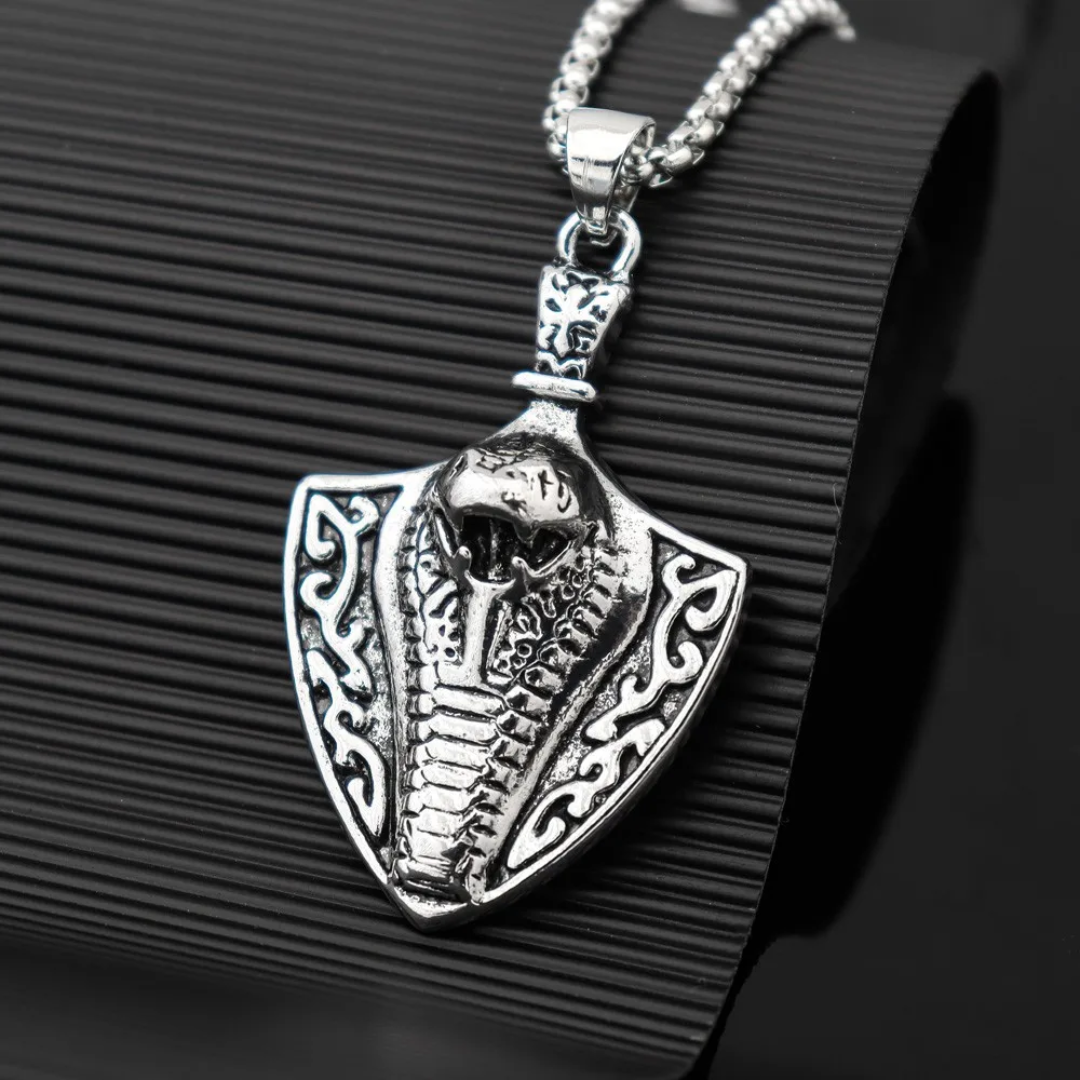1
/
of
4
Ancienne Égypte
Egyptian Necklace Uræus (Silver)
Egyptian Necklace Uræus (Silver)
Regular price
$66.060,00
Regular price
Sale price
$66.060,00
Unit price
/
per
Couldn't load pickup availability
A necklace of the Egyptian Uræus, the royal cobra which stands above all the crowns of the Egyptian pharaohs, the crowns Pschent, Nemes and Khepresh.
- Silver plated: a thin layer of 925 sterling silver highlighting the cobra's details
- Resistant pendant: meshed, reinforced and elegant structure
- Very agreeable to wear
- Neat and precise details
- Chain length: 23.5" (60 cm) | Pendant size: 44x27 mm | Weight: ~13.9 gr
- FREE STANDARD SHIPPING
📏Refer to our MEASUREMENT GUIDE to see how the necklace will look according to its length.📏
Friend of the ancient country of pharaohs? What about this Egyptian necklace "Nefertiti" (steel)? You can also discover all our Egyptian necklaces. You can as well have a look at our complete Egyptian jewelry collection of Egyptian rings, Egyptian bracelets and Egyptian necklaces.

The Uræus
The Uræus represents an erected cobra (the position of the cobra when it is ready for attack a prey), that adorned the crowns of pharaohs and those of some Egyptian gods or goddesses.
The Uræus is always represented upright and swollen, ready to attack and spit its venom against enemies. It symbolizes destructive force, a weapon in the pharaoh's service to exterminate his enemies. The cobra also represents the goddess Wadjet of Lower Egypt, who protects the king and symbolizes the flood necessary for life. Actually, as many symbols of ancient Egypt, the Uræus thus has a dual function: destructive and protective.
In Egyptian mythology, Ra lost his left eye in his struggle with Set. However, Shu and Tefnut brought to Ra a new magical eye which has the function to transform itself in Wadjet (able to afraid Set).
The Uræus is always represented upright and swollen, ready to attack and spit its venom against enemies. It symbolizes destructive force, a weapon in the pharaoh's service to exterminate his enemies. The cobra also represents the goddess Wadjet of Lower Egypt, who protects the king and symbolizes the flood necessary for life. Actually, as many symbols of ancient Egypt, the Uræus thus has a dual function: destructive and protective.
In Egyptian mythology, Ra lost his left eye in his struggle with Set. However, Shu and Tefnut brought to Ra a new magical eye which has the function to transform itself in Wadjet (able to afraid Set).
Share








